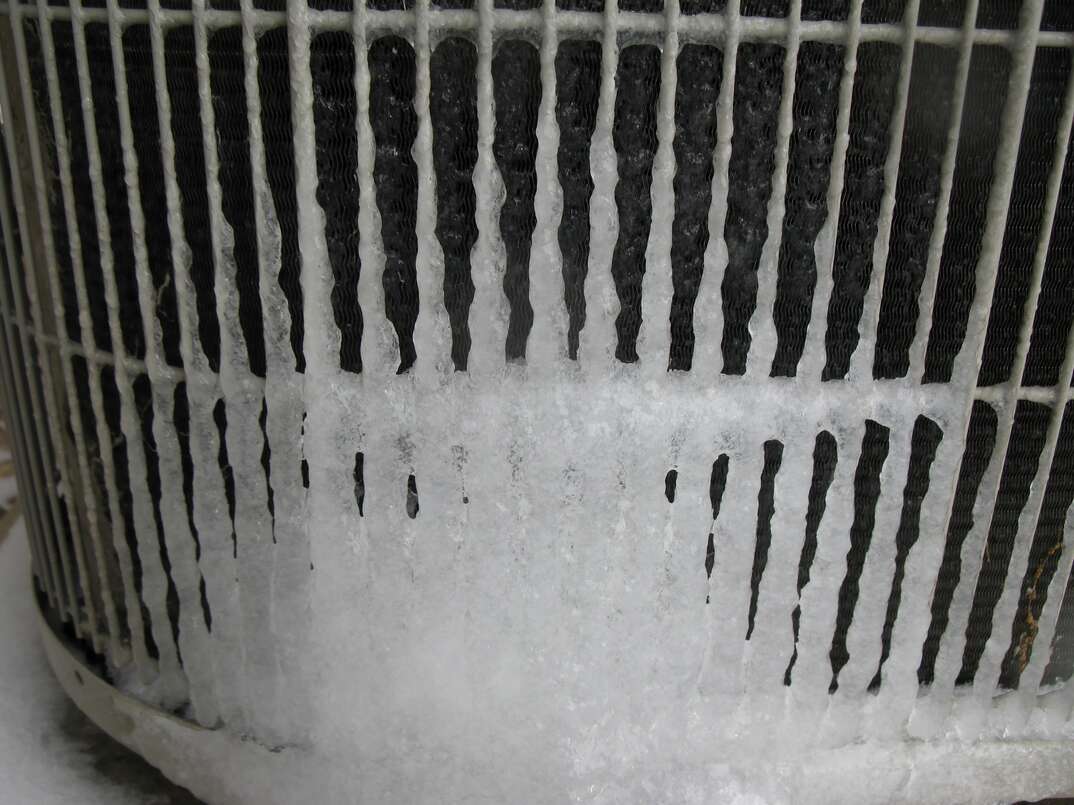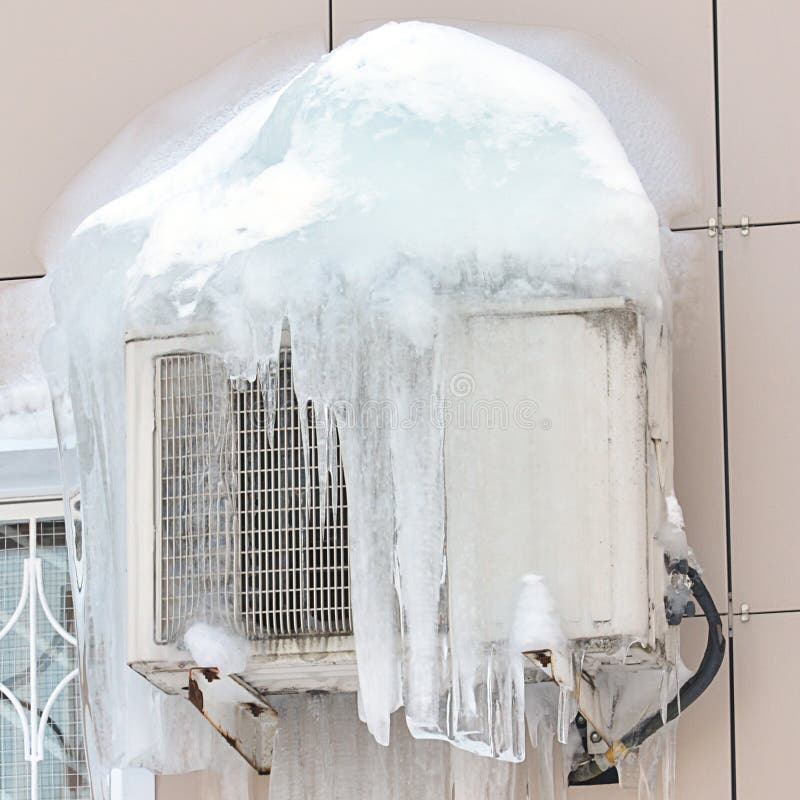Just how do you feel in regards to Have a Frozen AC Line? Here’s How to Fix It?

Introduction
Uncovering that your AC pipe is iced up can be worrying, particularly throughout hot summer season when you rely on your ac system the most. Comprehending what to do in such a situation is crucial to prevent further damages to your air conditioning system and ensure your comfort inside.
Comprehending the Causes
Several variables can add to the cold of an air conditioning pipeline. Comprehending these causes can help you attend to the issue successfully.
Lack of Airflow
One common root cause of an icy air conditioning pipe is inadequate air movement. When the air flow over the evaporator coil is restricted, it can create the coil to drop below freezing temperature level, leading to ice development on the pipe.
Reduced Refrigerant Levels
Insufficient cooling agent levels in your air conditioning system can likewise lead to an icy pipe. Reduced cooling agent levels can trigger the pressure in the system to go down, bring about the cold of wetness on the evaporator coil.
Cold Weather Conditions
In colder climates, freezing temperature levels outside can add to the cold of air conditioner pipes. If your a/c system is not properly shielded or if there are leakages in the ductwork, cold air can infiltrate the system, triggering the pipe to ice up.
Dirty Air Filters
Unclean or clogged up air filters can limit air movement in your air conditioning system, resulting in numerous issues, consisting of a frozen pipeline. It's important to change or cleanse your air filters frequently to make sure proper air movement and protect against ice buildup.
Indicators of a Frozen AC Pipe
Acknowledging the indicators of an icy air conditioner pipeline is critical for punctual action.
Reduced Airflow
If you discover a considerable decline in air movement from your vents, it might suggest a frozen pipe.
Ice Buildup on the Pipe
Noticeable ice accumulation on the refrigerant line or the evaporator coil is a clear indication of a frozen a/c pipeline.
Unusual Sounds from the Unit
Unusual audios, such as hissing or bubbling, originating from your air conditioner system can signify that there's ice existing on the pipe.
Immediate Actions to Take
When faced with an icy a/c pipeline, it's necessary to act promptly to prevent more damages to your air conditioning system.
Shutting off the air conditioning
The first step is to shut off your a/c unit to stop the system from running and aggravating the problem.
Looking for Blockages
Evaluate the area around the interior unit for any obstructions that may be obstructing airflow, such as furniture or drapes.
Defrosting the Pipe
You can use gentle techniques like positioning towels soaked in cozy water around the icy pipe to aid thaw it gradually.
Safety nets
Taking safety nets can assist avoid future incidents of a frozen a/c pipe.
When DIY Methods Fail
If your efforts to thaw the pipe or address other problems are unsuccessful, it's time to call a specialist.
Significance of Hiring a Professional HVAC Technician
A qualified HVAC specialist has the experience and devices required to detect and fix concerns with your AC system securely and properly.
Routine Maintenance Checks
Set up normal upkeep consult a professional HVAC technician to guarantee that your air conditioning system is running successfully.
Changing Air Filters
Regularly replace or cleanse your air filters to avoid air movement limitations and preserve optimal efficiency.
Shielding Exposed Pipes
If your a/c pipelines are subjected to cold temperature levels, take into consideration protecting them to avoid freezing during winter season.
Seeking Professional Help
If DIY approaches fail to resolve the issue or if you're unsure concerning exactly how to proceed, it's ideal to seek assistance from a qualified HVAC service technician.
Final thought
Dealing with an icy a/c pipeline can be an irritating experience, however recognizing how to respond can aid lessen damage and restore comfort to your home. By recognizing the reasons, acknowledging the indicators, and taking punctual action, you can effectively attend to the problem and prevent future events.
G UP? HOW TO FIX IT?
It happens all over America. And the rest of the world probably. It’s the hottest day ever and for some darn reason your AC isn’t cooling the house. You fiddle with the thermostat to try and fix the problem. Nada. All you can do now is go outside and check the AC unit. You make your way there and find your air conditioner unit is frozen! But how?
In this post we’ll cover how you can tell that your air conditioner has frozen (other than the obvious reasons), what could have caused the freeze, and some of the things you can do about your AC freezing up. And if you have a frozen heat pump condenser, read our blog about it to learn what to do! But remember, it is always best to avoid your AC freezing up with an AC tune up. And if you are moving into a home, it's critical to get HVAC inspection so that you are aware of an AC problems before you move in.
Keep reading and you may be able to fix the frozen AC yourself. If you can’t, call an HVAC specialist. If you live in Maryland, call SuperTech HVAC for AC repair. We’ll take care of it.
How Does An Air Conditioning Unit Work?
How you probably imagine an AC works is wrong. Contrary to popular belief, an AC system does not inject cool air into a building. Instead, it removes the heat from inside and transfers it outside. Cool huh? (Pun intended).There are 4 major components among the 3 stations of an air conditioning system: the evaporator coil, the compressor, the condenser, and the refrigerant – a special chemical that links everything together through a closed loop system.
Station 1:
Warm indoor air is sucked into the return vent, through a filter, and blows over the evaporator coil. The heat is absorbed into the cold refrigerant, turning it from liquid to gas. The air, which is now cool, is blown back into the home to areas that your thermostat, i.e. you, has decided.
Station 2:
The refrigerant makes its way outside the house to the compressor, which squeezes the warm refrigerant, raising its gaseous temperature even more.
Station 3:
When the super hot vapor refrigerant reaches the condenser, the last step, the heat is expelled and absorbed into the outdoor air. The refrigerant instantly cools, which changes it from gas back to liquid form. The cold liquid refrigerant is now ready to return to station 1 and repeat the process.
Is Your AC Freezing Up? Here Are The Signs:
As you may have guessed, your air conditioner unit freezing up on a hot day is not normal.
If this happens, there's no need to panic. Often the issue can be solved with a little troubleshooting. If the AC unit is left frozen for too long however, you may find yourself with a bigger problem.
First things first, how do you know your AC is frozen?
Well, the obvious sign is the ice on your refrigerant line-set pipe. Simply check between your outdoor AC unit and your home's exterior wall to see whether your AC line frozen.
You might also have a frozen evaporator coil. This one's not as easy to check. You'll need to open a panel on the indoor unit to inspect. Don't do this unless you're handy. If you aren't, call an HVAC pro like SuperTech HVAC or you may damage something in the process.

We are very fascinated with Air Conditioner Frozen? How To Fix your Frozen AC Line and I'm hoping you enjoyed our entry. Sharing is caring. Helping people is fun. Thank you so much for taking the time to read it.
This Site